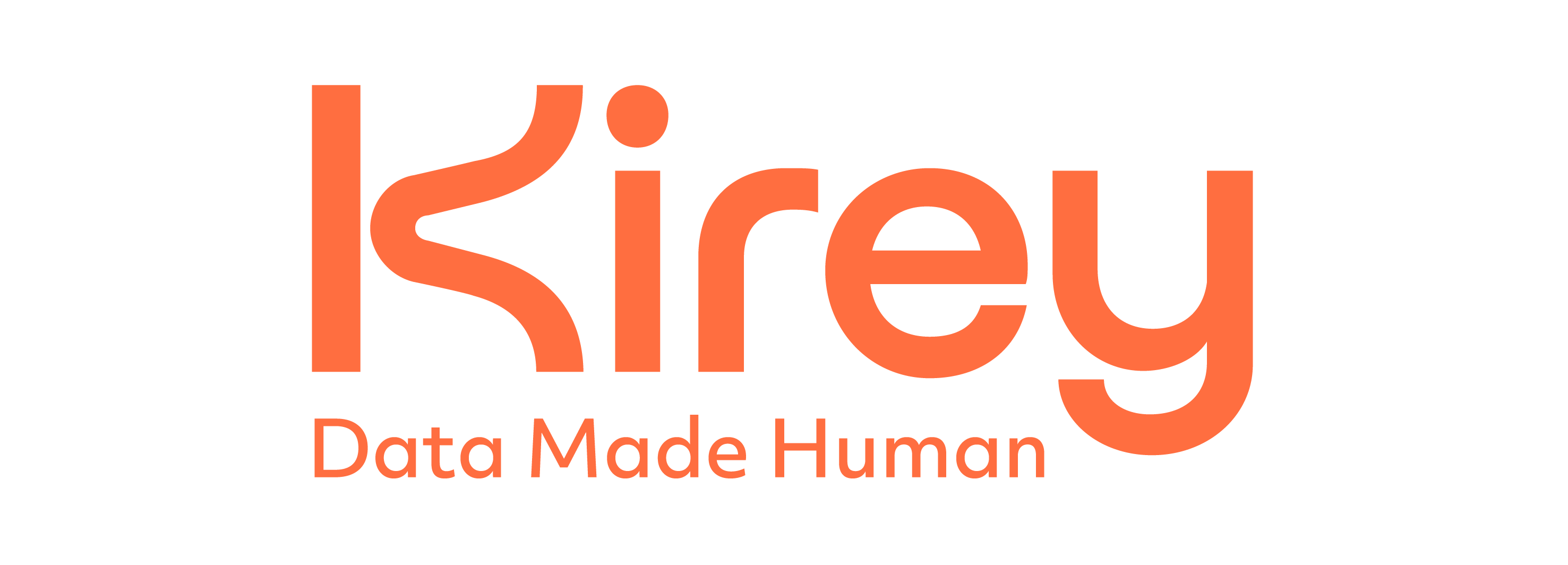In the data economy boom, effective data management transcends mere regulatory requirements; it becomes a differentiating factor for business.
A cura di Giovanna Fazio, Project Manager, Information Management, Kirey Group
We've never had access to so much data: they predict that by 2025 the global volume will reach 175 zettabytes, and the value of the data economy in the European Union has already reached 73 billion. This surge in data has led to regulatory fervor, culminating in the Data Governance Act, applicable since September 24th, 2023, aimed at "increasing trust in data sharing, strengthening mechanisms to enhance data availability, and overcoming technical obstacles to their reuse."
While the regulation opens doors to new possibilities and creates value for companies by providing facilitated access to certain types of public data, it also makes it even more urgent to adopt an effective Data Governance system. The reason is simple: for any business model initiative to thrive, data must be qualitatively relevant and consistently available when needed.
Data Governance: why is it so important?
The driving force that led large enterprises to implement a Data Governance system was initially regulatory compliance. Insurance and banking are heavily regulated sectors: they manage huge amounts of data and they must ensure its validity and quality. However, all stakeholders soon realized the benefits of implementing a Data Governance system as a growth tool and a business lever.
According to a study by Precisely and Drexel University’s LeBow Center for Business Analytics, three-quarters of respondents stated that improving data quality and integrity was the most important goal for their data governance programs. This improvement offers significant benefits such as optimizing data for operational efficiency (66%), using data and analytics to promote new business models (63%), mitigating regulatory and compliance risks (53%), and reducing operational costs (50%).
An effective and timely example is related to ESG ratings: Data Governance can play a crucial role in supporting the inclusion of valid numerical data related to corporate sustainability and social responsibility performance in financial statements.
Achieving Effective Data Governance: a step by step guide
At a general level, four distinct phases make up the Data Governance process:
- Planning: Identifying activities to implement in terms of governance in coherence with business strategies.
- Metadata Definition: Standardizing the collection and cataloging of physical and logical metadata activities into a glossary, enabling the unique identification of terms used within the business.
- Metadata Maintenance: Encompassing all integration and functional modification activities in the process, as well as enhancing the model itself.
- Monitoring: Verifying the dynamism of the Data Governance system through objective indicators.
Various roles are involved in this process: the Data User, representing the data user and expressing quality requirements; the Data Owner, responsible for a specific data area; and the System Owner, in charge of the technical aspects of the involved information systems. Additionally, the Chief Data Officer oversees the entire corporate Data Governance process, along with the Data Governance Table, ensuring that initiatives are consistent with business functions, compliant with regulations, and aligned with the budget.
Software solution for Data Governance
To meet the highest efficiency criteria, the software solution governing an organization's data must be "fluid" and highly flexible, adaptable, with modules allowing the selection of functionalities most suitable for specific needs.
Key functions include:
- Data Quality: From lineage to reporting, including data import/export and even pre-data visualization.
- Remediation Process Management: Cleanup of data.
- Customizable Suite Composition: Ensuring perfect integration with other services, products, or existing product suites, covering Data Governance and Data Quality processes with a "mixed" solution.
In conclusion, the chosen software solution for Data Governance system should configure itself as an acceleration tool, capable of adapting to both bottom-up and top-down data arrangements (logical and physical). It should also serve as an evolving roadmap to meet the emerging demands of a constantly changing market.
An increasingly conscious journey in Maximizing Opportunities and Resource Efficiency
Although it's challenging to attribute a direct value to data governance, without it companies not only miss the opportunities offered by data management but also risk wasting their resources. However, many data governance programs are still in an early stage of maturity: there is ample room for improvement, not only concerning organizational and IT basics but also in the awareness of corporate leadership about the added value of data management.
Who will be the virtuous leader of this process? Those who can innovate and integrate, anticipating the market evolution.

